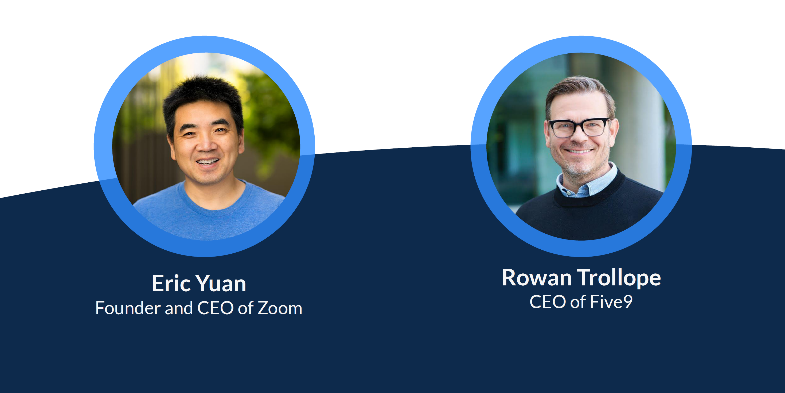A couple of months ago, market chatter began around Zoom investing in contact center, either by building a solution or acquiring a company outright. Some of the contact center as a service (CCaaS) public stocks dipped on the news. I tweeted at the time that there was no reason for Five9’s stock to dip — Zoom was one of a few companies with deep enough pockets to not blink at Five9’s then $12 billion valuation.
Integrated vs. Standalone
For years, I reminded clients and vendors that in 1990 — when I started as an analyst covering call centers — 90% of all call center seats were sold with a PBX. Only 10% were standalone call center deals. Over the last few years, the question has been how that balance shifts in a cloud world, where it is easier to integrate separate applications than in a premises environment. Does it become 75% integrated, 25% standalone or 60/40?
As Rowan Trollope, Five9 CEO, mentioned on the acquisition investor call, “I think today’s deal begins to shift that balance toward a combined solution.” He went on to say that a lot of legacy premises equipment still needs to be replaced. “The opportunity here is the millions, tens of millions, even hundreds of millions of phones, that are out there that have to be replaced. And when you replace that phone system, you have to replace the contact center,” he elaborated.
Admittedly, Zoom is not a UCaaS powerhouse today. But with the video being such a key driver in the market, the addition of contact center only accelerates Zoom’s overall enterprise communications position. With Zoom’s half a million customers, Trollope sees, “an incredible opportunity to go back into that base and add contact center to every single one of those customers.”
When an investor analyst asked about the buy rather than build decision for contact center and benefits beyond simply partnering, Eric Yuan, Zoom CEO, responded by talking about the success the two companies have already had going to market together, for example, landing significant deals in education and retail. He mentioned the culture fit between the two companies that each recognized through these early deals. Finally, speaking about practicalities, he said building a solution would take many years of effort and, “customers do not want to wait…I think it’s a no-brainer.”
Channel Synergies
Two years ago, Trollope brought in a senior sales and channel executive he had worked with at Cisco. Andy Dignan, senior VP of global partners and services for Five9, has helped dramatically grow Five9’s channel program and significantly increased the proportion of indirect sales. He has also helped grow Five’s channel team with additional stellar Cisco channel talent.
I kept waiting for an investor analyst to hit on the go-to-market synergies in the Zoom/Five9 deal. When a channel question was not asked, I emailed Dignan directly for his thoughts. The two companies already, “have a healthy mix of partners who are on board with both of us,” with opportunity to add even more, Dignan said. “A top ask of our channel partners has been to simplify the UCaaS and CCaaS selling motion,” he added. One vendor versus two will clearly accomplish this.
Dignan reiterated comments made on the investor call that Five9 will continue to have an open ecosystem, where they will sell with and deliver with existing technology alliances. For example, Zoom will continue to partner with Genesys and NICE CXone, and Five9 with Microsoft for Teams,
Mitel, and Nextiva.
While the cloud communications market has seen UCaaS leaders (e.g., RingCentral and 8x8) and CCaaS leaders (Genesys, Five9, NICE CXone, and Talkdesk), we have yet to see a completely compelling combined story. Zoom and Five9 clearly have the makings of one here.











